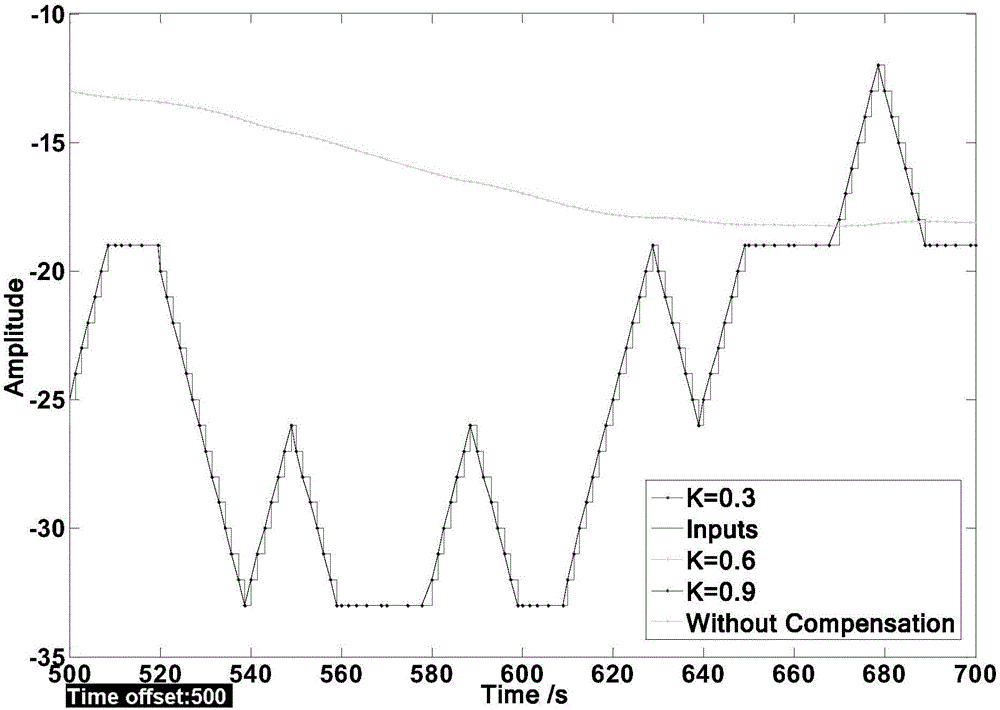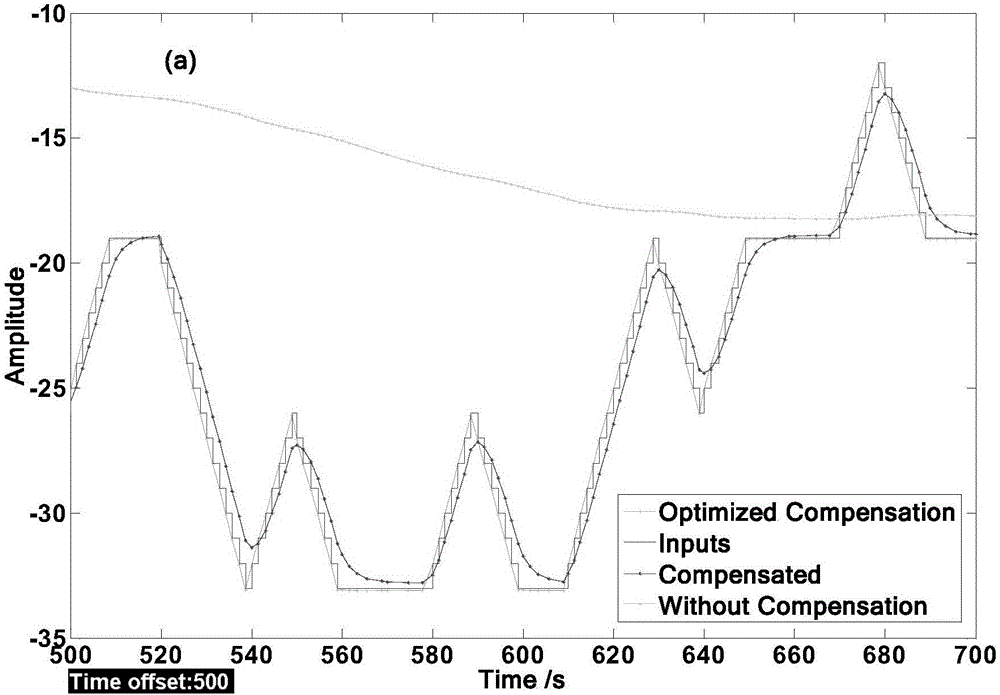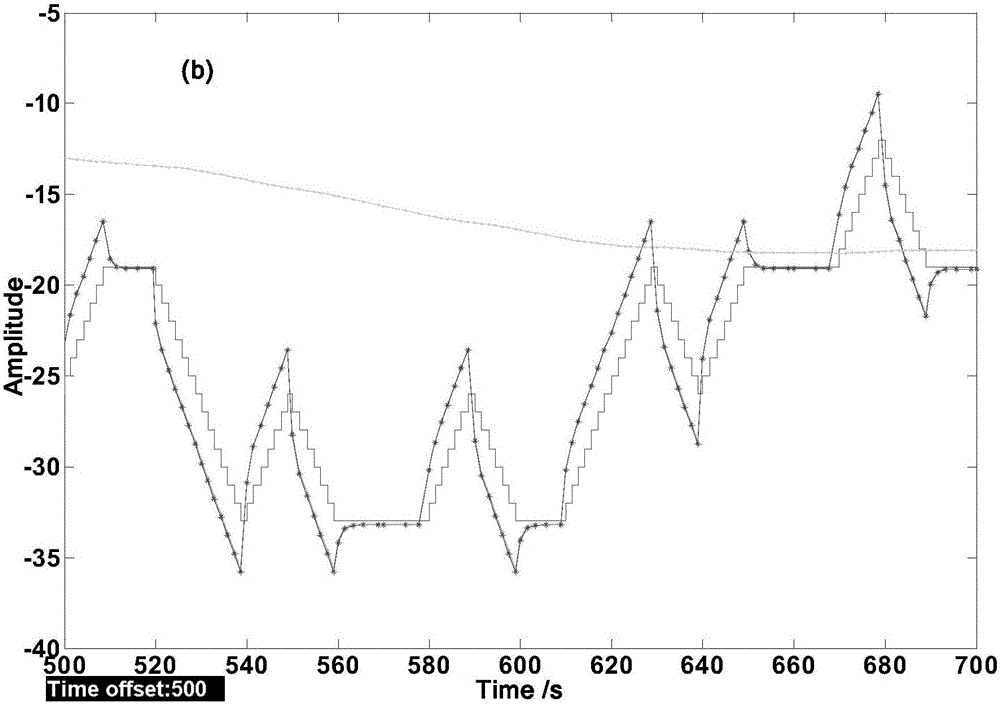Method for signal compensation through prompt gamma signals of self-powered detector
A self-sufficient energy detector and signal compensation technology, applied in nuclear power generation, nuclear reactor monitoring, reactors, etc., can solve problems such as weak current and interference, and achieve the effect of improving accuracy
- Summary
- Abstract
- Description
- Claims
- Application Information
AI Technical Summary
Problems solved by technology
Method used
Image
Examples
Embodiment Construction
[0019] The patent of the present invention is described in detail below in conjunction with the embodiment shown in the accompanying drawings.
[0020] The present invention utilizes the method for signal compensation of instantaneous gamma signal of self-supplied detector, and it comprises the following steps:
[0021] (a) Self-powered in-pile detectors (which can be 103 Rh group, 51 V base, 107 Ag-based or 109 Ag-based) to measure the neutron fluence rate distribution in a nuclear reactor,
[0022] (b) Convert the current signal generated by the measurement in step (a) into a digital signal through an A / D converter, and determine the percentage K of the γ signal in the signal collected by the self-powered in-core detector (K is usually 0.7 about);
[0023] (c) Use a controller connected to the A / D converter (the controller has a built-in processing module with the following compensation function) to compensate the digital signal, and the compensation function is:
[00...
PUM
 Login to View More
Login to View More Abstract
Description
Claims
Application Information
 Login to View More
Login to View More - R&D
- Intellectual Property
- Life Sciences
- Materials
- Tech Scout
- Unparalleled Data Quality
- Higher Quality Content
- 60% Fewer Hallucinations
Browse by: Latest US Patents, China's latest patents, Technical Efficacy Thesaurus, Application Domain, Technology Topic, Popular Technical Reports.
© 2025 PatSnap. All rights reserved.Legal|Privacy policy|Modern Slavery Act Transparency Statement|Sitemap|About US| Contact US: help@patsnap.com



